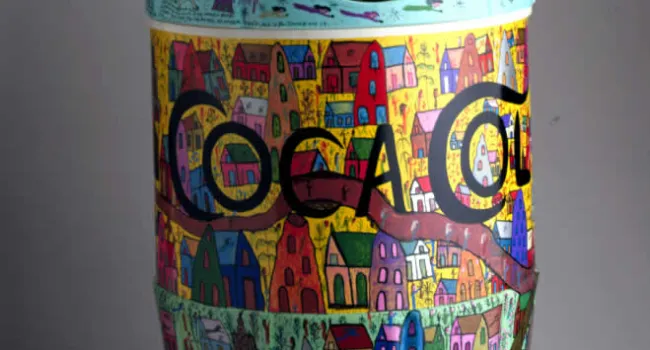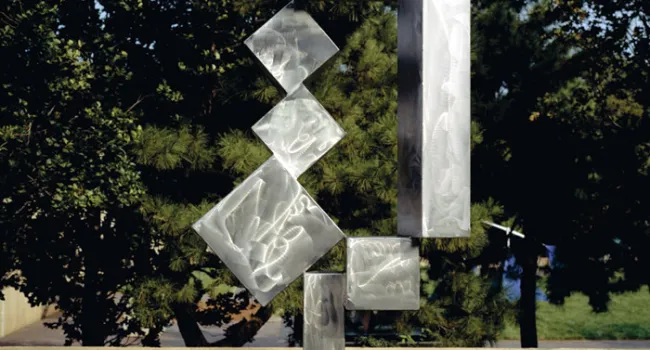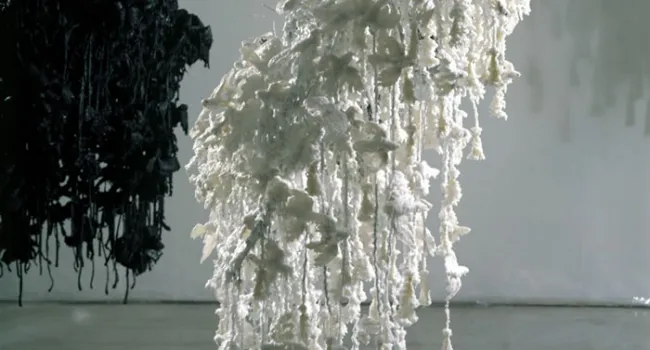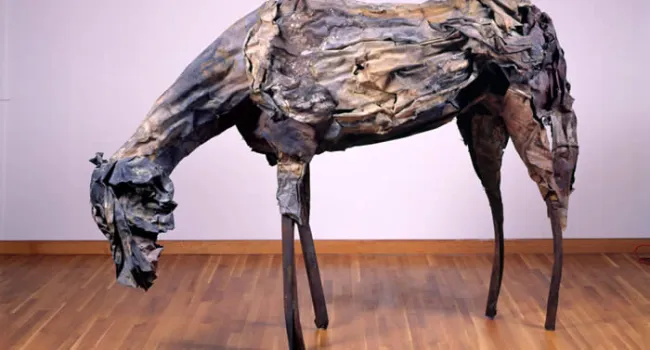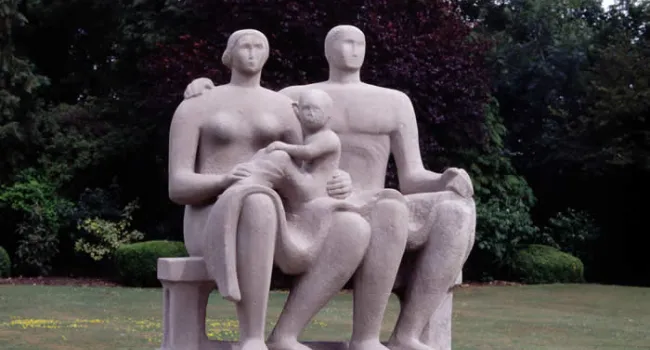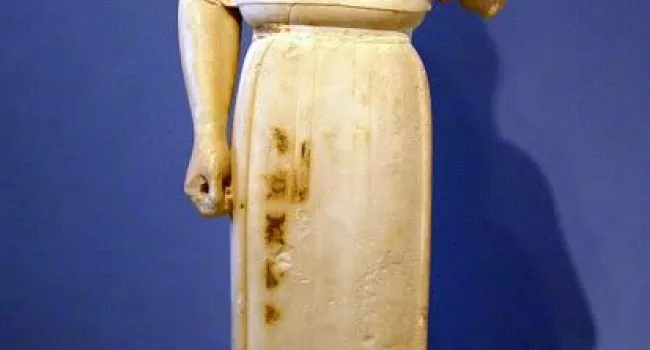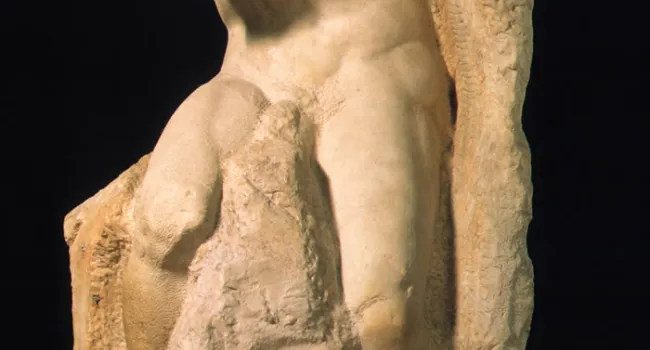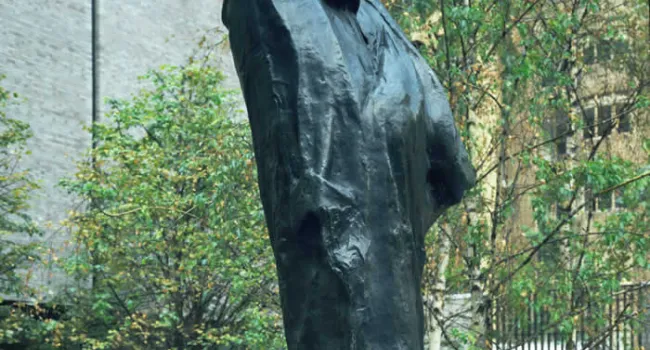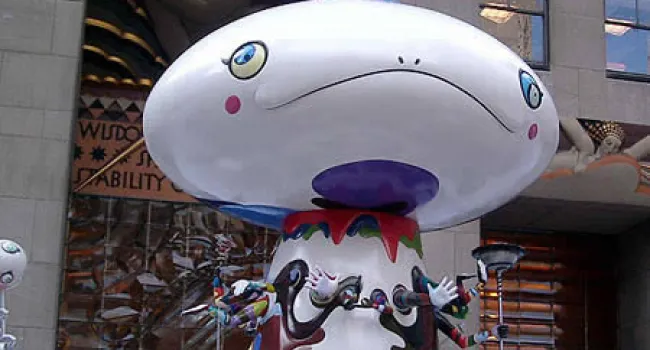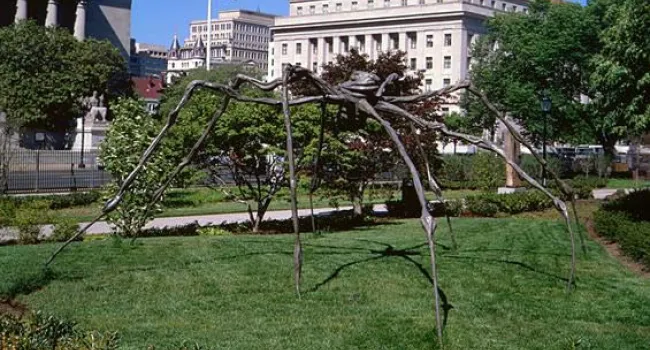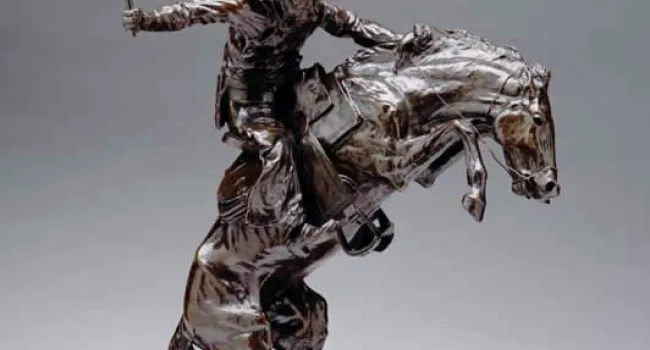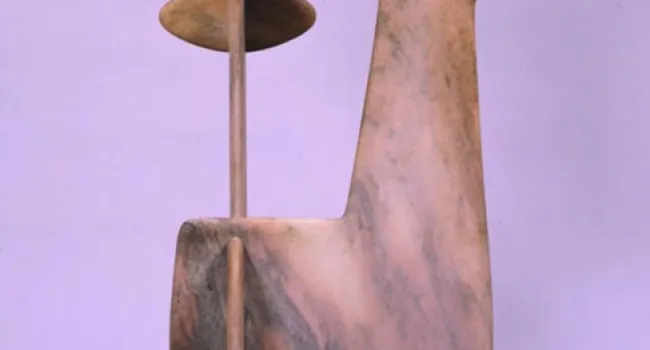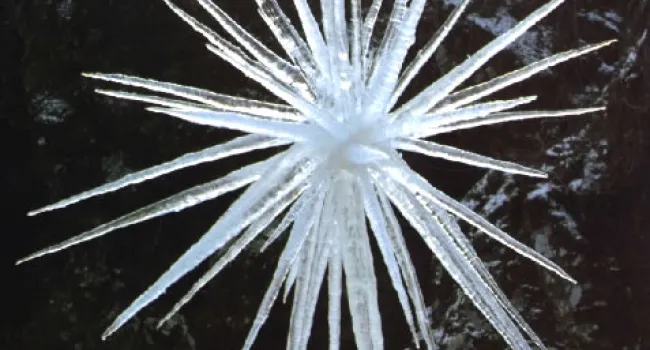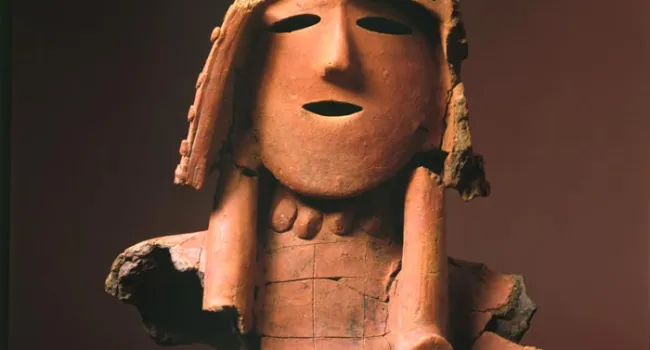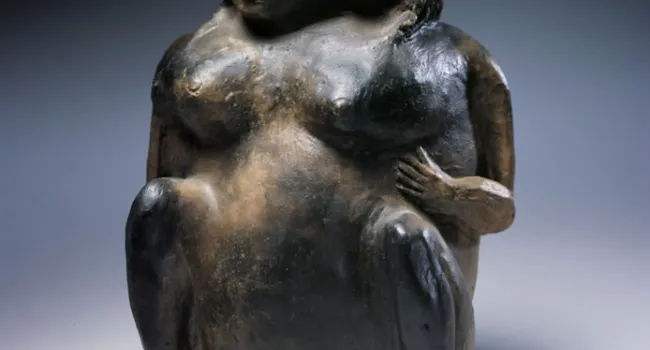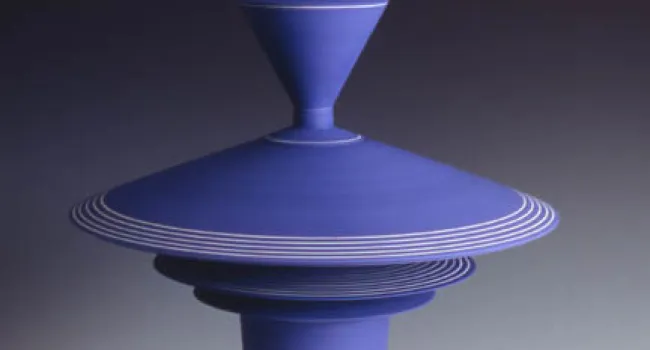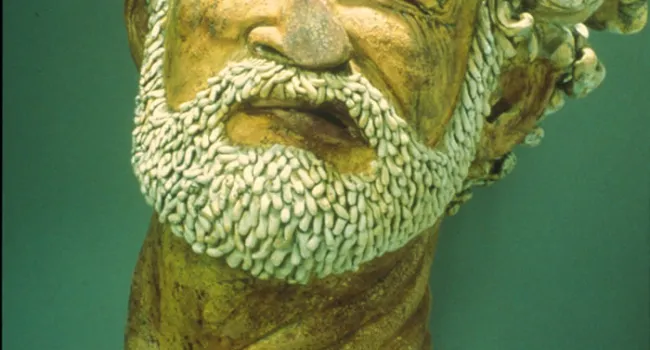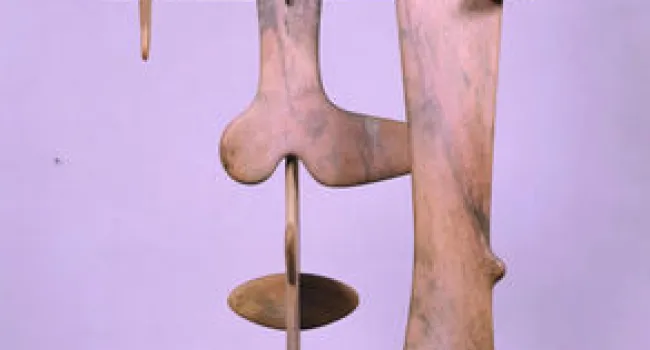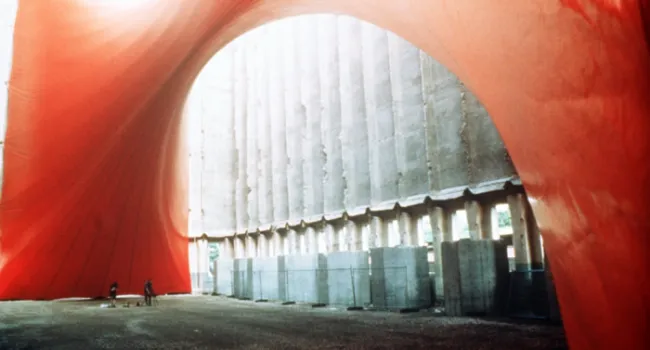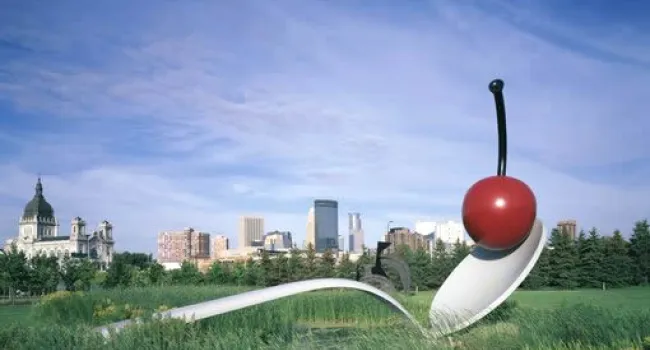Compare and Contrast
Frederic Remington and Deborah Butterfield are known for their sculptures of horses. These two artworks, Untitled (#3-85) by Deborah Butterfield and The Bronco Buster by Frederic Remington, were created ninety years apart and are very different from each other. Yet they have certain elements and principles of design in common.
Untitled (#3-85) is a semi-abstract sculpture. While definitely a horse, she does not have realistic details. She seems to be a gentle animal, peacefully grazing, her head reaching for the ground. She doesn’t wear a saddle or a bridle, so she could be a wild horse for all we know. The movement in this piece curves softly downward from the horse’s tail to her head.
The horse in The Bronco Buster, on the other hand, is rearing violently, his eyes wide, his tail flying. The cowboy on his back has his arm raised and is about to strike the horse with his whip. Here the movement is energetically upward. Our eyes go from the horse’s hind feet to the top of the man’s hat. Then the movement divides and we have to look in two directions – to the end of the whip on the left side and the head of the horse on the right. This split view adds energy to the movement of the sculpture.
In texture these artworks have similarities and differences. They are both made of metal. The Bronco Buster is a shiny, reflective bronze, while Untitled (#3-85) is made of burned and crushed steel. This metal has a dull finish that absorbs light. But neither of these horses is a smooth creature. Each of them has a deeply textured surface that reveals the bones and muscles of the animals, especially in their powerful necks.
There is a similarity in the colors of The Bronco Buster and Untitled (#3-85). Overall, each sculpture is a brownish black, although Butterfield’s horse has more variation in its colors. Their proportions are very different, however. Remington’s fierce Bronco Buster is small compared to a real horse – less than 2 feet high, while Untitled (#3-85) is more than 6 feet tall and over 8 feet long – a very big horse!
These sculptures are examples of diverse treatments of a theme by artists from different centuries. Though very different, each of them says a lot about the use of metal in sculpture and about the nature of the horse.


